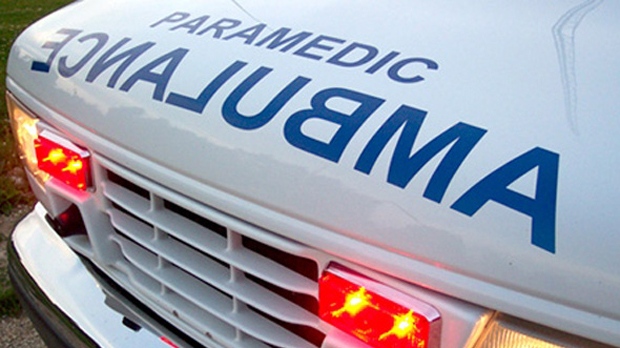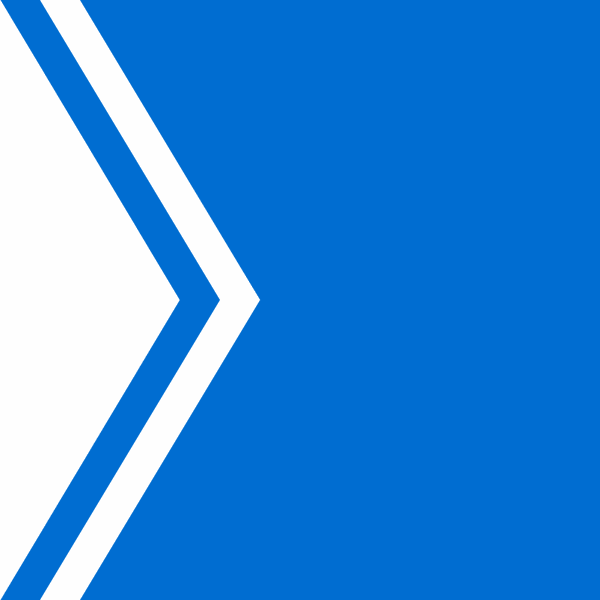As voters turned out to advance polls across Canada in record numbers for this year’s election, it comes at a time when officials are also dealing with a wave of misinformation, disinformation, and baseless claims.
“What we have seen is quite strong interest,” Diane Benson, an Elections Canada spokesperson, said when asked about the nearly 7.3 million residents who voted in advance.
“It’s also an indication we could have a pretty busy day on Monday.”
But over the Easter long weekend, when advance polls were open, several social media posts questioned the use of pencils at Elections Canada voting locations.
“Demand pens, not pencils, to mark your ballots. Pencil markings have a tendency to mysteriously erase and change,” one user wrote on X.
“But why do you provide a pencil?” another user on X said in response to an Elections Canada post responding to the topic.
“The only time I use a pencil in my life is if I need to erase it. That’s the reason why a person uses a pencil over pen. Unbelievable! Have some integrity for God’s sake!”
CityNews asked Benson about the posts and the use of pencils. She said the long-used writing devices are a part of the agency’s processes, and officials noted it’s a matter of law for black lead pencils to be provided.
“The benefit of pencils is that they can be reused election after election, so it’s cost savings. We could provide pens, but pens sometimes leak, sometimes they dry out, and then you’re having to replace them,” Benson told CityNews.
She noted the rules allow for electors to bring their own pens or pencils to mark their ballots. However, voters needed to be careful that smudged markings don’t go outside the circle beside the preferred candidate’s name. There also can’t be any identifying markings on a ballot.
Benson went on to describe some of the checks and balances in place to protect against altering marked ballots. She said ballots cast on election day, in advance polls, or “special” ballots (for example, ones that could have been mailed in) aren’t counted before polls in the jurisdiction close. When voting occurs, the completed ballots are put into sealed boxes.
“When the count happens, when you’re saying, ‘Oh, could an election worker do something?’ That election worker is at a table with another election worker in front of witnesses, and those witnesses can include scrutineers,” Benson said, noting all registered candidates can have scrutineers watch poll location activities and subsequent counts so long as they don’t interfere with electors.
“The election worker holds up the ballot. He shows it to everyone. Everyone agrees that this is a ballot for this candidate, and they put it in that pile. Those scrutineers can object. They can say, ‘I think I want to register an objection to that ballot.’”
“The person doing the count marks it as a ballot that has been questioned. It’s still counted, but we know that there was an objection registered and what can happen if there’s a recount, those things are taken into consideration. Those ballots are looked at more closely.”
She reiterated that vote counts take place in secured rooms in front of witnesses, candidates and/or scrutineers for the candidates. Benson noted there are other protective measures in place, such as the use of non-identifying serial numbers to help track the number of ballots issued and updating voter lists to stop someone from voting twice.
Benson highlighted how Elections Canada created the ‘Electofacts’ website to counter questionable claims. Aside from the baseless claims about pencils, Elections Canada staff addressed several issues such as “special” ballots, the counting process, voting technology, the administration of federal elections, the integrity of the vote and foreign interference.
The agency also turned to posting videos on YouTube about the voting process, and it’s active on multiple social media platforms, and in some instances, staff respond to posts from residents directly.
“What we’ve seen over the last number of years with more and more people getting their news from social media is that we need to get the information to them where they are at,” Benson said.
“I think a lot of the information that might be out there that is misinformation is because people don’t understand the process.”
CityNews contacted the Conservative Party of Canada, the Liberal Party of Canada, the Green Party of Canada and the New Democratic Party — the four national parties that had elected representatives in the House of Commons before dissolution — to ask if officials had any concern about the current voting procedures, the safeguards in place, and to see if any reports were received about allegations of ballot tampering. No responses were received back by our filing deadline.
Meanwhile, Benson said we all have a role to play heading into Monday’s vote.
“The responsibility to have accurate information, some of that lies with the elector. We can provide all the information we can about the administration of the election, and we continue to do that, but it’s what we call a whole-of-society approach,” she said.
“One agency can’t respond to all the things that might be out there or the different sources of information people have, so there is some responsibility on the elector to make sure you’ve got the right facts before you do go or before you question things.
“We really do our best to make sure we’re putting that information out there on the website, through social media, through the kinds of conversations we have with media.”



